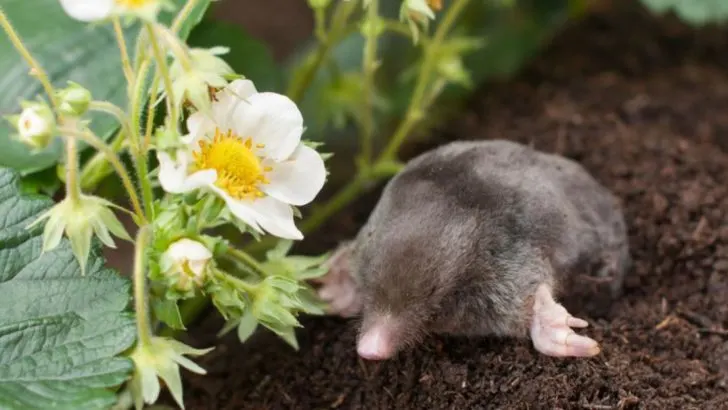Moles might be small, but the damage they cause to gardens can be surprisingly frustrating. Before turning to harsh chemicals, consider using some time-tested, old-school methods that have helped gardeners keep moles at bay for generations.
In this article, we reveal 13 traditional tricks to naturally deter moles and protect your garden from unsightly tunnels and root damage. These simple, effective techniques rely on common household items and clever strategies to gently encourage moles to move elsewhere.
Bring peace back to your garden using smart, natural solutions that truly stand the test of time!
Castor Oil Spray
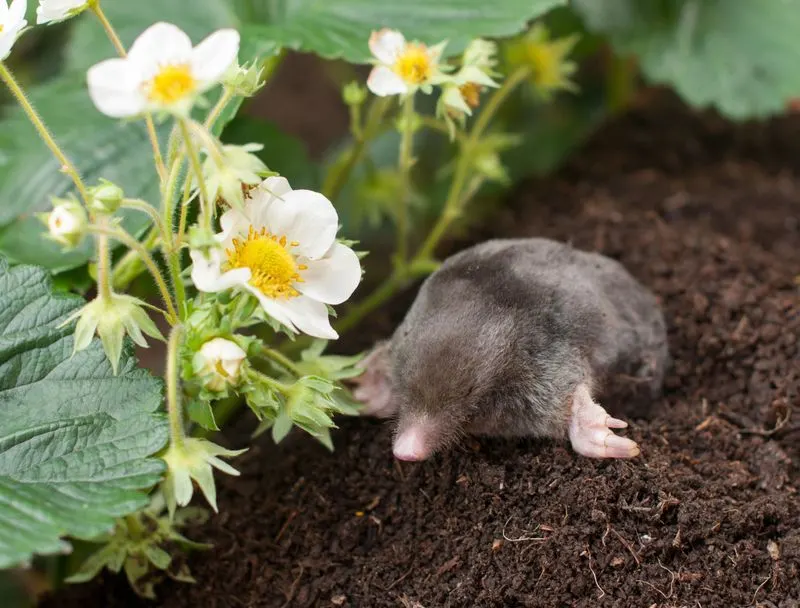
By creating an unpleasant environment for moles, castor oil acts as a natural deterrent. Mix it with water and a few drops of dish soap in a sprayer to create a solution. This concoction is then sprayed over the areas where mole activity is noticed. The oil penetrates the soil, making it less appealing for moles to tunnel through. Despite its simplicity, this method is effective and eco-friendly. Just remember to reapply after heavy rains to maintain its potency. A gardener’s secret weapon, castor oil spray remains a favorite for many who prefer organic solutions.
Vibrating Stakes
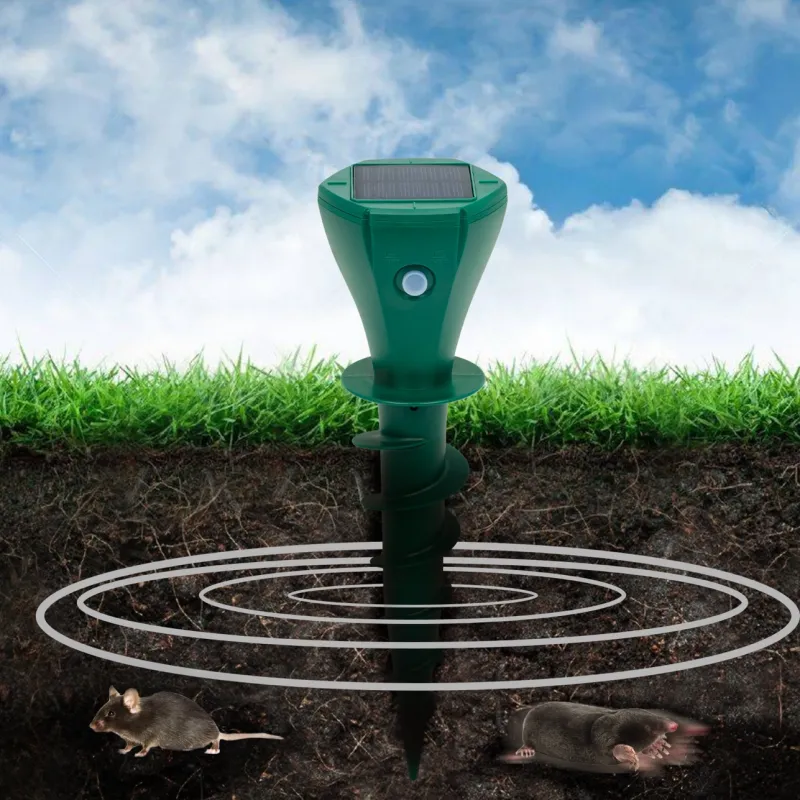
Vibrating stakes create subtle ground vibrations that moles find unsettling. These stakes, often solar-powered, can be inserted into the soil where mole activity is prevalent. When activated, they produce vibrations that mimic the vibrations of predators or other threats, encouraging moles to retreat. The stakes are not only effective but also a silent guardian of gardens. They provide a modern twist to an old-school problem, merging technology with classic deterrence strategies. For a mole-free garden, vibrating stakes are an innovative yet simple solution.
Mole Traps
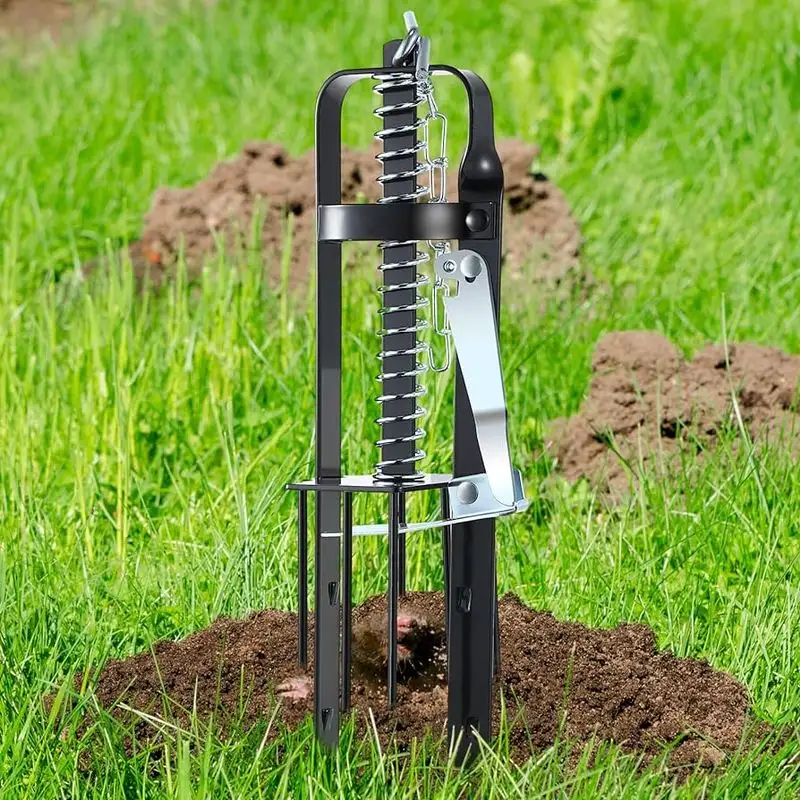
Mole traps, though seemingly antiquated, remain one of the most reliable methods for mole removal. Placing these traps in active tunnels can effectively capture moles. They’re designed to humanely seize the burrowing creatures, providing a solution that doesn’t rely on chemicals. Setting a trap requires a bit of skill, but once mastered, it can become an invaluable tool. Patience is key, as success sometimes takes a few tries. For those who prefer a hands-on approach, mole traps are the quintessential method to reclaim a mole-free garden.
Ultrasonic Repellents
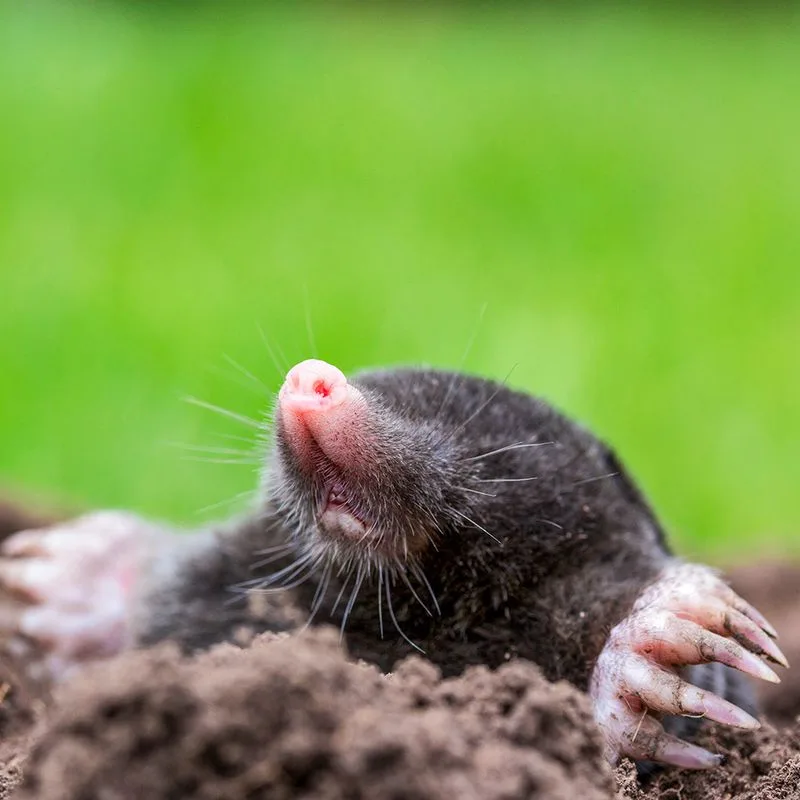
Ultrasonic repellents emit high-frequency sounds that irritate moles, urging them to vacate the premises. These devices are easy to install and use, offering a humane way to protect the garden. They operate silently to human ears, ensuring peace in your outdoor sanctuary. The technology behind these repellents provides a contemporary approach to pest control, marrying old-school persistence with modern convenience. Perfect for those who seek a low-maintenance solution, ultrasonic repellents are a gardener’s ally against underground nuisances.
Coffee Grounds
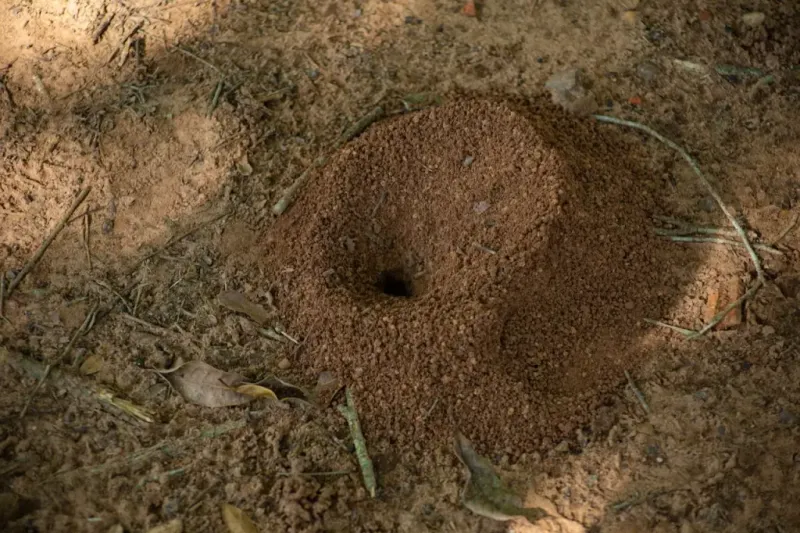
For moles, coffee grounds are more than just aromatic waste; they are an irritant. By spreading used coffee grounds around the garden, you create an unwelcome environment for these burrowers. The grounds alter the soil’s texture and scent, deterring moles from digging. It’s an eco-friendly method that recycles kitchen waste into a valuable gardening tool. Regularly replenishing the grounds ensures continued effectiveness. This simple remedy offers a sustainable way to keep moles at bay, transforming morning waste into a protective garden shield.
Planting Daffodils
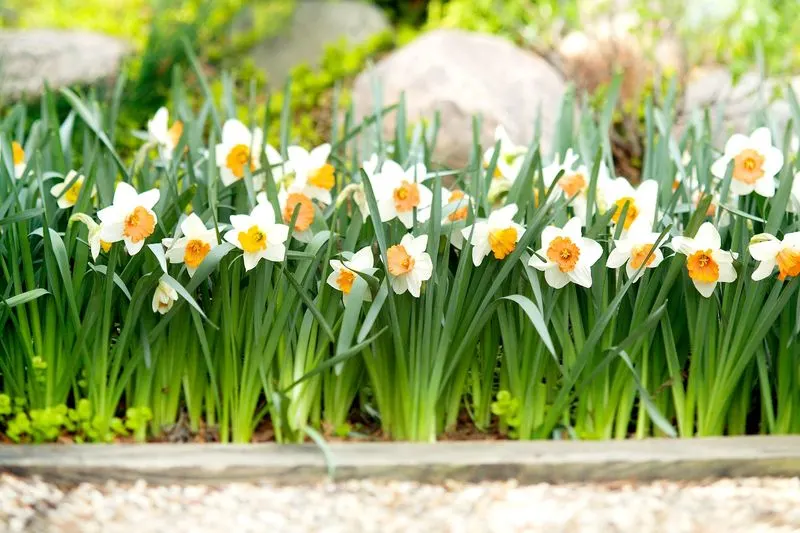
Daffodils, with their vibrant blooms, are more than decorative. These flowers naturally repel moles due to their toxic bulbs, which irritate moles’ sensitive noses. Planting daffodils around the perimeter of your garden acts as a blooming barrier against these pests. An added benefit is the splash of color they provide each spring. This strategy combines beauty with functionality, turning mole defense into an artistic endeavor. For gardeners, daffodils offer a dual-purpose charm that beautifies while combating underground invaders.
Human Hair

Using human hair to deter moles might sound unusual, but it’s rooted in traditional wisdom. Hair clippings, when sprinkled around the garden, introduce a scent that moles find off-putting. This simple trick utilizes a renewable resource that’s readily available. By scattering hair along mole tunnels, you can subtly encourage them to relocate. As the hair decomposes, it also offers a slight nutritional boost to the soil. It’s an ingenious, natural method that turns a trip to the barber into a mole management strategy for your garden.
Marigolds

Marigolds bring more than just warmth and color to a garden. Their scent repels not only insects but also moles. Planting marigolds around your garden creates a natural barrier against these tunnelers. The flowers release compounds that interfere with moles’ foraging habits, making them an effective, low-maintenance deterrent. Complementing their repellent properties, marigolds also attract beneficial insects, promoting a healthy garden ecosystem. For those looking to blend utility with aesthetics, marigolds offer a picturesque solution to mole invasions.
Flooding Tunnels
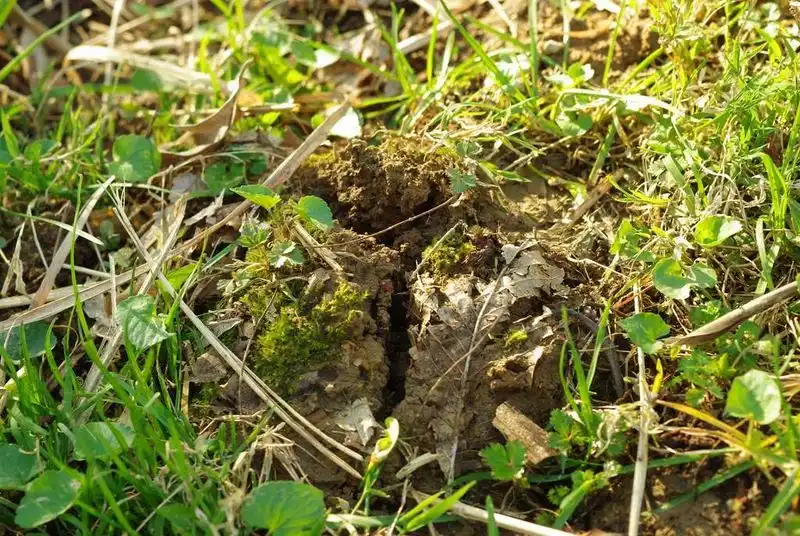
Flooding tunnels is a straightforward method that disrupts moles’ habitats. By channeling water into their tunnels, you can encourage them to vacate and seek drier grounds. This method requires patience, as it may take several attempts to achieve desired results. It’s an immediate, albeit temporary, solution that can complement other deterrents. Ideal for those who enjoy hands-on gardening, flooding offers a direct approach to dealing with moles. A balance of persistence and observation can make this strategy a key part of your mole management arsenal.
Predator Urine

Predator urine introduces a natural fear factor into the garden. This potent deterrent mimics the presence of natural mole predators, causing moles to reconsider their residence. The scent, though undetectable to humans, signals danger to moles. When applied around active tunnels, it can effectively drive moles away. It’s a solution that taps into the primal instincts of these creatures, making the garden an undesirable place to inhabit. For those willing to embrace unconventional methods, predator urine offers a primal approach to mole prevention.
Broken Glass in Tunnels
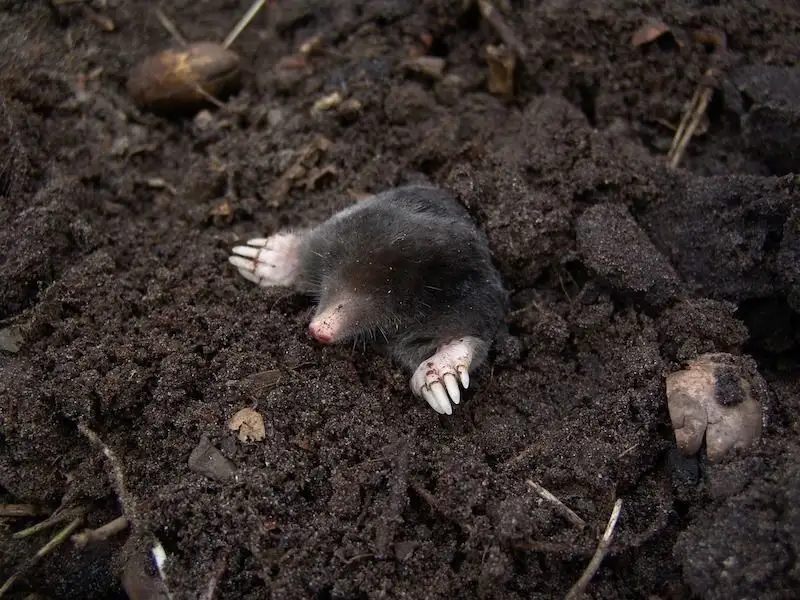
As a traditional but controversial method, broken glass serves as a physical barrier against moles. Placing sharp glass pieces in tunnels can deter moles by making the path hazardous. However, this method requires caution to ensure safety for humans and pets. It’s a strategy best suited for areas that are not frequently accessed. While effective, this method should be used judiciously and in conjunction with other methods. For those who prioritize a tactile approach, glass can be a practical deterrent. Handle with care, and always prioritize safety.
Motion-Activated Sprinklers
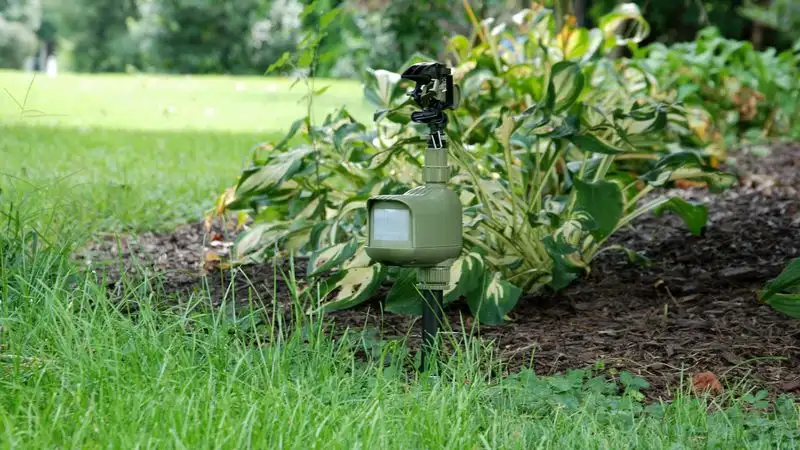
Motion-activated sprinklers add an element of surprise to mole deterrence. When moles trigger the motion sensor, the sprinklers activate, delivering a sudden burst of water. This unexpected shower startles moles, encouraging them to move on. The dual functionality of watering plants and deterring pests makes these sprinklers a valuable tool. An efficient blend of technology and tradition, they offer a dynamic solution for gardeners. For those who prefer active prevention tactics, motion-activated sprinklers can be both an entertaining and effective choice.
Household Ammonia
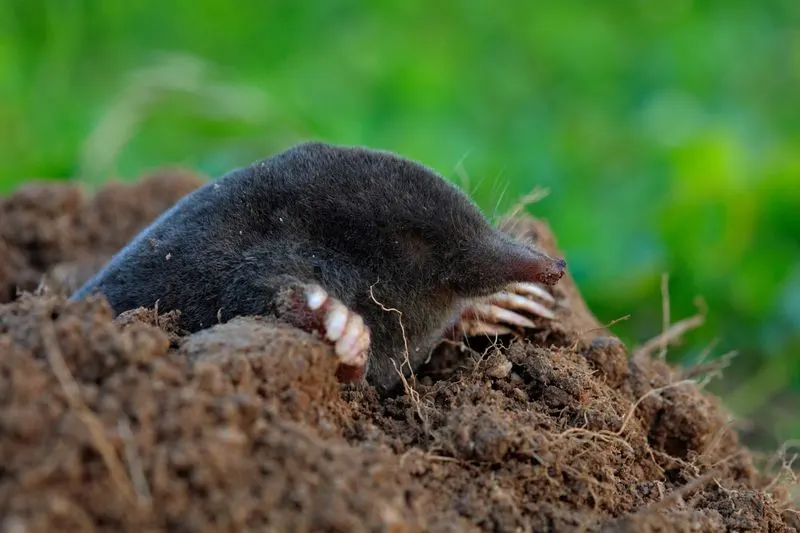
Ammonia’s pungent scent can drive moles away from your garden. By soaking cotton balls or rags in ammonia and placing them in tunnels, you create an environment that’s inhospitable for moles. This method capitalizes on the mole’s keen sense of smell to repel them effectively. While it needs to be reapplied periodically, especially after rain, ammonia offers a straightforward deterrent method. For those who want a strong, immediate impact, ammonia serves as a practical option to maintain a mole-free zone. A simple household item turns into a mighty garden protector.

